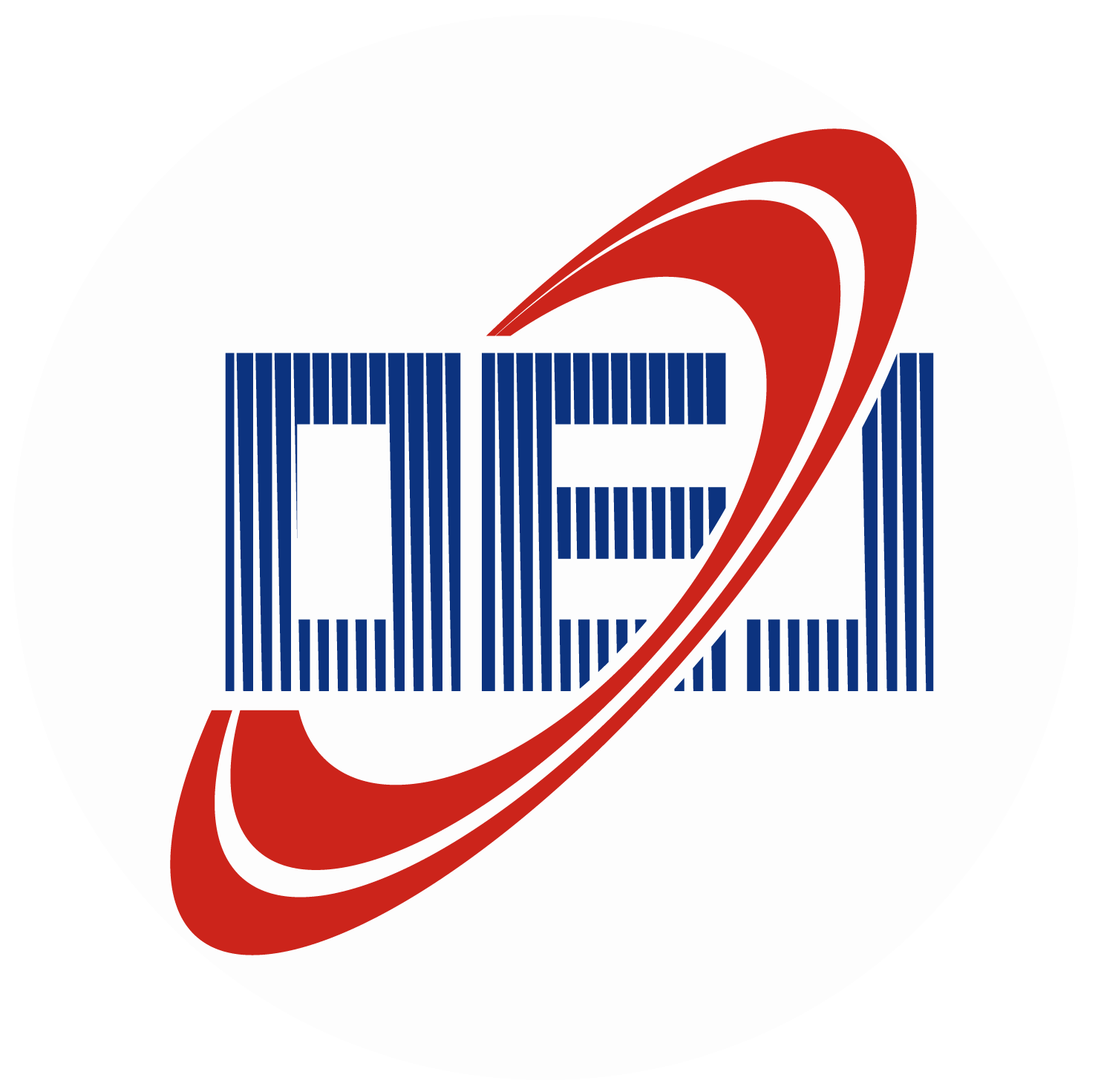-
Abstract
Nonlinear frequency conversion is one of the most fundamental processes in nonlinear optics. It has a wide range of applications in our daily lives, including novel light sources, sensing, and information processing. It is usually assumed that nonlinear frequency conversion requires large crystals that gradually accumulate a strong effect. However, the large size of nonlinear crystals is not compatible with the miniaturisation of modern photonic and optoelectronic systems. Therefore, shrinking the nonlinear structures down to the nanoscale, while keeping favourable conversion efficiencies, is of great importance for future photonics applications. In the last decade, researchers have studied the strategies for enhancing the nonlinear efficiencies at the nanoscale, e.g. by employing different nonlinear materials, resonant couplings and hybridization techniques. In this paper, we provide a compact review of the nanomaterials-based efforts, ranging from metal to dielectric and semiconductor nanostructures, including their relevant nanofabrication techniques. -



 E-mail Alert
E-mail Alert RSS
RSS


